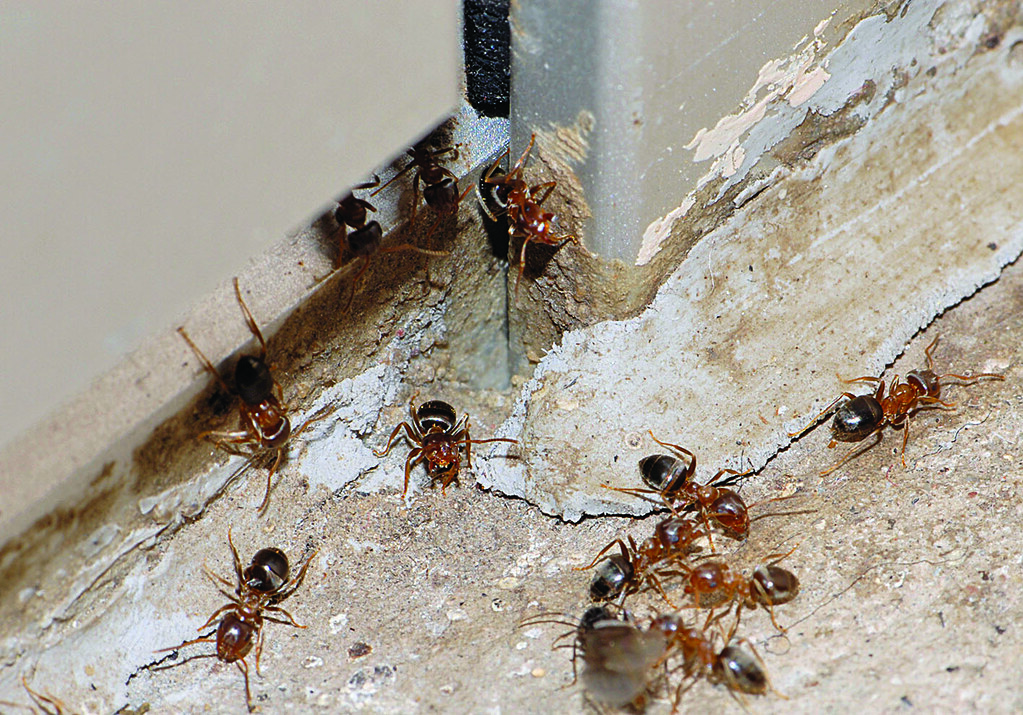Why Termite Inspections are Important

Termites are notorious pests that can cause significant damage to homes and buildings. As they feed on wood and other cellulose materials, they can cause structural damage and threaten the safety of the building’s occupants. Hence, inspections are crucial in identifying and preventing their breeding grounds before they cause extensive damage.Here, you’ll understand the importance of termite inspection and the types, risks, and more!
Types:
Termites are a diverse group of insects divided into three main types: subterranean, dry wood, and damp wood termites. Subterranean ones are the most prevalent type and live underground in large colonies. They build mud tubes to access food sources and are often found in areas with high moisture content. Drywood termites, on the other hand, do not require soil contact and can infest dry, sound wood. They do not build mud tubes and are often found in attics, furniture, and other dry areas. Dampwood ones require high moisture content and infest wood with high moisture content, such as decaying wood or wood exposed to water. Understanding the differences between these types can help identify infestations and determine the appropriate treatment methods.
Identifying Their Infestations
Termite breeding grounds can be difficult to identify, as termites often hide in hard-to-reach areas such as walls and ceilings. However, several signs may indicate an infestation, including:
- Visible swarms of termites or discarded termite wings
- Hollow-sounding wood or wood that sounds hollow when tapped
- Mud tubes or tunnels on the exterior or interior of the building
- Cracked or distorted paint or drywall
The Risks:
Termite infestations pose significant risks to homes and buildings’ safety and structural integrity. As termites feed on wood and other cellulose-containing materials, they can cause extensive damage to the building’s foundation, walls, and floors. This damage can weaken the building’s structure and make it unsafe for occupants. Additionally, termite infestations can lead to costly repairs and may even cause the building to be condemned if the damage is severe enough.
The Consequences of Neglecting the Inspection
Negligence to inspect can lead to significant consequences for homeowners and building owners. Termite infestations can go undetected without regular inspections, allowing the termites to cause extensive damage before they’re discovered. This damage can be costly and may require significant renovations or even rebuilding of the affected areas.
The Importance of a Thorough Checking
A thorough checking is critical in identifying and preventing termite infestations before they cause extensive damage. Regular inspections can help identify signs of infestation early, allowing for proper treatment and prevention of further damage. Additionally, examining the buildings can help identify conditions that may attract termites, such as moisture or wood-to-soil contact, allowing homeowners and building owners to take preventative measures to lower the risk of infestation.
Preventative Measures to Reduce the Risk of Termite Infestations
There are several preventative measures homeowners and building owners can take to reduce such risks. These measures include:
- Keeping wood and other cellulose-containing materials away from the foundation of the building
- Ensuring proper ventilation and moisture control in crawl spaces and attics
- Regularly inspecting and repairing leaky pipes and faucets
- Installing termite bait stations around the perimeter of the building
- Regularly trimming trees and bushes to reduce contact with the building
To conclude, a termite inspection is crucial for identifying and preventing infestations, which can cause significant damage to homes and buildings. Neglecting these inspections can lead to costly repairs and jeopardize the structural integrity of a building. Homeowners and building owners can take a proactive approach to such pest prevention and treatment by understanding the different types of termites and the inspection process. Regular inspections can help identify signs of infestation early and prevent further damage.

 What Should Your Delta 8 Vape Starter Kits Contain?
What Should Your Delta 8 Vape Starter Kits Contain?